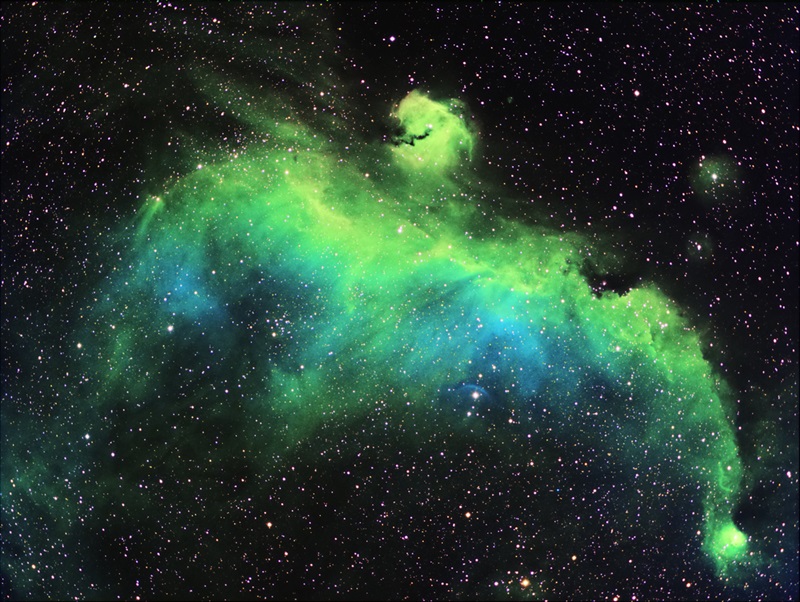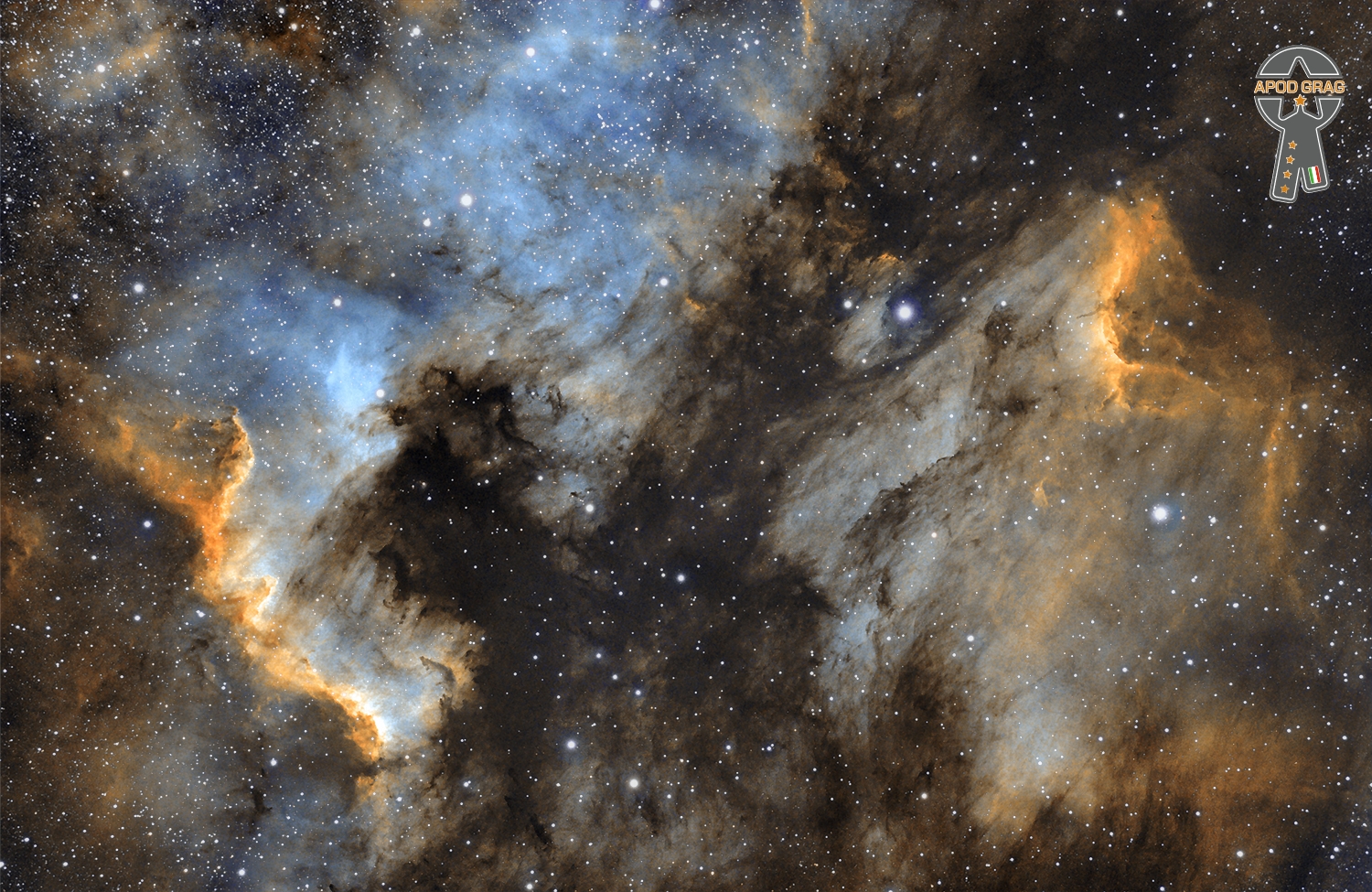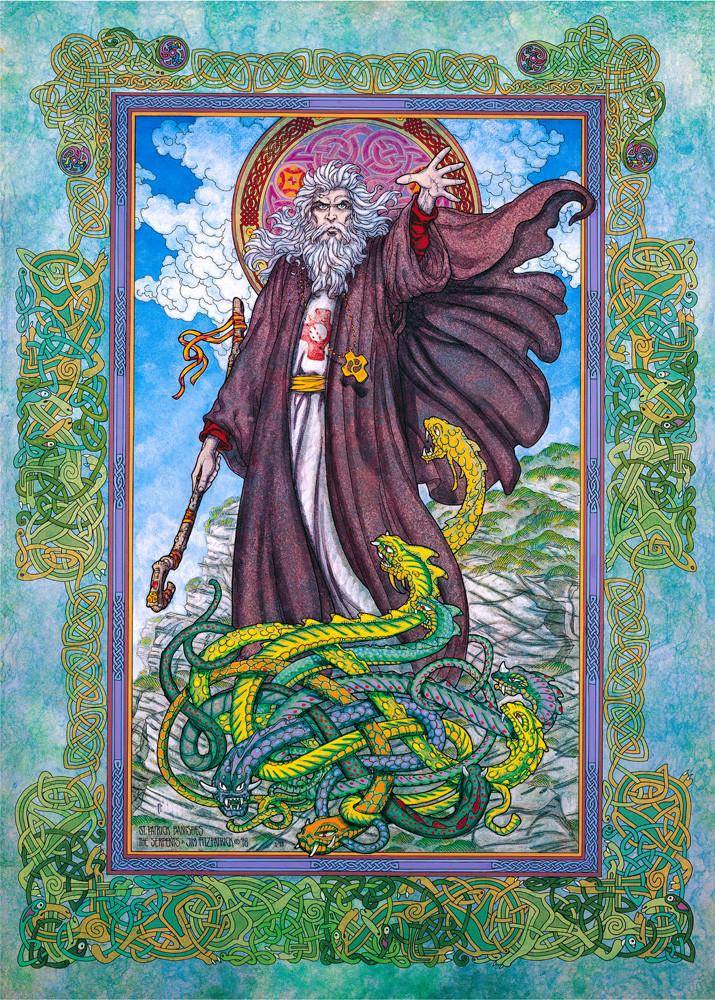Blog
Erev Shabbat Service at Temple Israel Friday March 17th 2023 6pm with Cantor Inbal Sharett-Singer, Jayson Rodovsky, Jeff Bailey, Pete Whitman, Ernest Bisong and mick laBriola.
more...
IC 2177 is a region of nebulosity that lies along the border between the constellations Monoceros and Canis Major. It is a roughly circular H II region centered on the Be star HD 53367. This nebula was discovered by Welsh amateur astronomer Isaac Roberts and was described by him as “pretty bright, extremely large, irregularly round, very diffuse.”
The name Seagull Nebula is sometimes applied by amateur astronomers to this emission region, although it more properly includes the neighboring regions of star clusters, dust clouds and reflection nebulae. This latter region includes the open clusters NGC 2335 and NGC 2343.

Paul Lorin Kantner (March 17, 1941 – January 28, 2016) was an American rock musician. He is best known as the co-founder, rhythm guitarist, and vocalist of Jefferson Airplane, a leading psychedelic rockband of the counterculture era. He continued these roles as a member of Jefferson Starship, Jefferson Airplane’s successor band.
Jefferson Airplane formed in 1965 when Kantner met Marty Balin. Kantner eventually became the leader of the group and led it through its highly successful late-1960s period. In 1970, while still active with Jefferson Airplane, Kantner and several Bay Area musicians recorded the album Blows Against the Empire, which was co-credited to both Paul Kantner and “Jefferson Starship”.
Jefferson Airplane continued to record and perform until 1973. Kantner revived the Jefferson Starship name in 1974 and continued to record and perform with them through 1984. He later led a reformed Jefferson Starship from 1992 until his death in 2016. Kantner had the longest continuous membership with the band, with 19 years in the original run of Jefferson Airplane and Jefferson Starship and 24 years in the revived Jefferson Starship. At times, he was the only founding Jefferson Airplane member to remain in Jefferson Starship. He was inducted into the Rock and Roll Hall of Fame as a member of Jefferson Airplane in 1996.
Kantner was born on March 17, 1941, in San Francisco, California, the son of Cora Lee (Fortier) and Paul Schell Kantner. Kantner had a half-brother and a half-sister by his father’s first marriage, both much older than he. His father was of German descent, and his mother was of French and German ancestry. His mother died when he was eight years old, and Kantner remembered that he was not allowed to attend her funeral; his father sent him to the circus instead.
more...Paul Horn (March 17, 1930 – June 29, 2014) was an American flautist, saxophonist, composer and producer. He became a pioneer of world and new age music with his 1969 album Inside. He received five Grammy nominations between 1965 and 1999, including three nominations in 1965.
Horn was born on March 17, 1930, in New York City and had Jewish ancestry through his father. The family moved to Washington, D.C., when Horn was four. He took up the piano at age four, followed by the clarinet at 12. While in Washington, D.C., Horn attended Theodore Roosevelt High School and the Washington College of Music. In the summer of 1942, Horn worked as an usher at the Earl Theatre to buy a clarinet. He studied the clarinet and flute at the Oberlin Conservatory of Music in Ohio, earning a bachelor’s degree. In June 1953, Horn gained a master’s from the Manhattan School of Music.
Moving to Los Angeles, he played with Chico Hamilton‘s quintet from 1956 to 1958 and became an established West Coast session player. He played on the Duke Ellington Orchestra’s Suite Thursday and worked with Nat King Cole, Tony Bennett and others. He scored the 1959 animated television series Clutch Cargo. During the same year he appeared briefly in Roger Corman’s film A Bucket of Blood.
more...Nathaniel Adams Coles (March 17, 1919 – February 15, 1965), known professionally as Nat King Cole, was an American singer, jazz pianist, and actor. Cole’s career as a jazz and pop vocalist started in the late 1930s and spanned almost three decades where he found success and recorded over 100 songs that became hits on the pop charts. He received numerous accolades including a star on the Hollywood Walk of Fame (1960) and a Special Achievement Golden Globe Award. Posthumously, Cole has received the Grammy Lifetime Achievement Award (1990), along with the Sammy Cahn Lifetime Achievement Award(1992) and has been inducted into the Rock and Roll Hall of Fame (2000), and the National Rhythm & Blues Hall of Fame (2020).
Cole started his career as a jazz pianist in the late 1930s, where he formed The King Cole Trio which became the top-selling group (and the only black act) on Capitol Records in the 1940s. His trio was the model for small jazz ensembles that followed. Starting in 1950 he transitioned to become a solo singer billed as Nat King Cole. Despite achieving mainstream success, during his career he faced intense racial discrimination. While not a major vocal public figure in the civil rights movement, Cole was a member of his local NAACP branch and participated in the 1963 March on Washington. He regularly performed for civil rights organizations. From 1956 to 1957, he hosted the NBC variety series The Nat King Cole Show, which became the first nationally broadcast television show hosted by an African American.
Some of his most notable singles include “Unforgettable“, “Smile“, “L-O-V-E“, “Let There Be Love“, “Mona Lisa“, “Autumn Leaves“, “Stardust“, “Straighten Up and Fly Right“, “The Very Thought of You“, “For Sentimental Reasons“, “Embraceable You” and “Almost Like Being in Love“. He is known for his Christmas album The Magic of Christmas (1960) which included “The Christmas Song“; in 1999 it was named by Rolling Stone as one of the greatest Christmas albums of all time. He was the father of singer Natalie Cole(1950–2015), who covered her father’s songs in the 1991 album Unforgettable… with Love.
Nathaniel Adams Coles was born in Montgomery, Alabama, on March 17, 1919. He had three brothers: Eddie (1910–1970), Ike (1927–2001), and Freddy (1931–2020), and a half-sister, Joyce Coles. Each of the Coles brothers pursued careers in music. When Cole was four years old, the family moved to Chicago, Illinois, where his father, Edward Coles, became a Baptist minister.
more...“Seguiriya” is one of the oldest flamenco styles. It is one of the most important with the “bulería” and “soleá”. Etymologically, its name is supposed to derive from the “seguidilla”. A phonetic corruption has deformed it in different terms: “seguiriya”, “siguiriya”, “seguirilla” or “siguerilla”. The oldest evidence of this flamenco style is found in the late 18th century, even though its origin is still uncertain. “Seguiriya” derived from primitive “tonás”, being created between Seville and Cadiz, los Puertos, Jerez and Triana neighborhood. “Livianas” and “serranas” belong to the same group as this style. Both styles follow “segiriya” rhythm. Another variety is the “cabales”, which are very similar to “seguiriyas” but in a higher tone. As singing, it has a tragic and gloomy character, enclosing main values of what is known as “cante hondo”. Lyrics are painful, tragic, about human relationships, love and death. “Seguiriya” has few lyrics and many “quejíos”. Musical aesthetic of “seguiriya” is taken from styles such “malagueñas” or a capella (without guitar). The term “Seguiriya” appears in many literary works. Furthermore, music in some “tonadillas”appear as “seguidilla gitana”, which doesn’t match with “seguidilla flamenca”.
more...The rare sight of a Wolf-Rayet star – among the most luminous, most massive, and most briefly-detectable stars known – was one of the first observations made by NASA’s James Webb Space Telescope in June 2022. Webb shows the star, WR 124, in unprecedented detail with its powerful infrared instruments. The star is 15,000 light-years away in the constellation Sagittarius.
Massive stars race through their lifecycles, and only some of them go through a brief Wolf-Rayet phase before going supernova, making Webb’s detailed observations of this rare phase valuable to astronomers. Wolf-Rayet stars are in the process of casting off their outer layers, resulting in their characteristic halos of gas and dust. The star WR 124 is 30 times the mass of the Sun and has shed 10 Suns’ worth of material—so far. As the ejected gas moves away from the star and cools, cosmic dust forms and glows in the infrared light detectable by Webb.

Pianist Jeter Thompson, whose leadership of the groups Quartette Trés Bien and Trio Trés Bien made him a significant figure on the St. Louis jazz scene from the Gaslight Square era into the 21st century, died on Friday, December 1. He was 87 years old.
Born in St. Louis on March 16, 1930, Thompson started playing piano at five years old, and made his first professional appearance at age 16 in 1946, performing with saxophonist Emmett Carter at a downtown club called the Coconut Grove.
He went to Sumner High School, where in 1948 he was senior class president, and subsequently attended Stowe College for two years, earning an associates degree. He then joined the U. S. Air Force, serving in Korea.
Returning home in 1954, Thompson played various local gigs until the formation in 1959 of Quartette Trés Bien, which in its best-known lineup included bassist Richard Simmons, drummer Albert St. James, and percussionist Percy James.
The group became a popular attraction in the then-booming Gaslight Square entertainment district, serving as the house band at The Dark Side, where in 1962 they were filmed as part of an episode of the CBS drama Route 66.
In 1963, Thompson and his bandmates became partners in the Trés Bien Club, located on the south side of Olive St. near the Gaslight Club. Around that same time, they were approached by Norman Wienstroer to record for his St. Louis-based label Norman Records.
The group made two albums for Norman, Boss Trés Bien and Kilimanjaro, and in 1965 also backed singer Jeanne Trevor on her debut recording for the label. Wienstroer subsequently helped the Quartette gain the attention of Decca Records, which re-issued their first two albums and would release eight more recordings of them over the next few years.
With an assist from fellow St. Louisan Dick Gregory, whose standup comedy career was peaking at the same time, Quartette Trés Bien also became a touring band. They appeared with Gregory at the Apollo in Harlem; on a bill with Thelonious Monk at the It Club in Los Angeles (where Monk would make a famous live recording for Columbia Records); and as headliners at storied jazz spots of the 1960s including the Plugged Nickel in Chicago, Baker’s Keyboard Lounge in Detroit, Crawford’s Grill in Pittsburgh, The Lighthouse in Hermosa Beach, CA, and many others.
more...Jerry Jeff Walker (born Ronald Clyde Crosby; March 16, 1942 – October 23, 2020) was an American country music and folk singer-songwriter. He was a leading figure in the progressive country and outlaw country music movement. He was best known for having written the 1968 song “Mr. Bojangles“.
Walker was born Ronald Clyde Crosby in Oneonta, New York, on March 16, 1942. His father, Mel, worked as a sports referee and bartender; his mother, Alma (Conrow), was a housewife. His maternal grandparents played for square dances in the Oneonta area[4] – his grandmother, Jessie Conrow, playing piano, while his grandfather played fiddle. During the late 1950s, Crosby was a member of a local Oneonta teen band called The Tones.
more...Fred Neil (March 16, 1936 – July 7, 2001) was an American folk singer-songwriter active in the 1960s and early 1970s. He did not achieve commercial success as a performer and is mainly known through other people’s recordings of his material – particularly “Everybody’s Talkin’“, which became a hit for Harry Nilssonafter it was used in the film Midnight Cowboy in 1969. Though highly regarded by contemporary folk singers, he was reluctant to tour and spent much of the last 30 years of his life assisting with the preservation of dolphins.
Fred Neil was born Frederick Ralph Morlock Jr., in Cleveland, Ohio, just two weeks after his parents, Frederick Ralph Morlock and Lura Camp Riggs, married. Neil later said that he took his stage name from his maternal grandmother, Addie Neill, the family member of whom he was fondest. While they lived in Ohio, his father installed sound systems for the Automatic Musical Instrument Distribution Company (AMI), which made player pianos and, later, jukeboxes, and then worked for the Triangle Music Company, distributor of Aireon jukeboxes. In 1942, the Morlock family moved to St. Petersburg, Florida, where young Fred started singing when he was in first grade, coached by his mother, she claimed. Around 1947, when in sixth grade, he started playing guitar. His parents had separated in 1945, divorcing in 1949, and his father returned to Cleveland.
more...Thomas Lee Flanagan (March 16, 1930 – November 16, 2001) was an American jazz pianist and composer. He grew up in Detroit, initially influenced by such pianists as Art Tatum, Teddy Wilson, and Nat King Cole, and then by bebop musicians. Within months of moving to New York in 1956, he had recorded with Miles Davis and on Sonny Rollins‘ album Saxophone Colossus. Recordings under various leaders, including Giant Steps of John Coltrane, continued well into 1962, when he became vocalist Ella Fitzgerald‘s full-time accompanist. He worked with Fitzgerald for three years until 1965, and then in 1968 returned to be her pianist and musical director, this time for a decade.
After leaving Fitzgerald in 1978, Flanagan attracted praise for the elegance of his playing, which was principally in trio settings when under his own leadership. In his 45-year recording career, he recorded more than three dozen albums under his own name and more than 200 as a sideman. By the time of his death, he was one of the most widely admired jazz pianists and had influenced both his contemporaries and later generations of players.
Flanagan was born in Conant Gardens, Detroit, Michigan, on March 16, 1930. He was the youngest of six children – five boys and a girl. His parents were both originally from Georgia. His father, Johnson Sr,was a postman, and his mother, Ida Mae, worked in the garment industry.
more...The North America Nebula (NGC 7000 or Caldwell 20) is an emission nebula in the constellationCygnus, close to Deneb (the tail of the swan and its brightest star). The shape of the nebularesembles that of the continent of North America, complete with a prominent Gulf of Mexico.
On October 24, 1786, William Herschel observing from Slough, England, noted a “faint milky nebulosity scattered over this space, in some places pretty bright.” The most prominent region was catalogued by his son John Herschel on August 21, 1829. It was listed in the New General Catalogueas NGC 7000, where it is described as a “faint, most extremely large, diffuse nebulosity.”

Ryland Peter “Ry” Cooder (born March 15, 1947) is an American musician, songwriter, film score composer, record producer, and writer. He is a multi-instrumentalist but is best known for his slide guitar work, his interest in traditional music, and his collaborations with traditional musicians from many countries.
Cooder’s solo work draws upon many genres. He has played with John Lee Hooker, Captain Beefheart, Taj Mahal, Gordon Lightfoot, Ali Farka Touré, Eric Clapton, The Rolling Stones, Van Morrison, Neil Young, Randy Newman, Linda Ronstadt, Vishwa Mohan Bhatt, David Lindley, The Chieftains, Warren Zevon, The Doobie Brothers, and Carla Olson and The Textones (on record and film). He formed the band Little Village, and produced the album Buena Vista Social Club (1997), which became a worldwide hit; Wim Wenders directed the documentary film of the same name (1999), which was nominated for an Academy Award in 2000.
Cooder was ranked at No. 8 on Rolling Stone magazine’s 2003 list of “The 100 Greatest Guitarists of All Time”, while a 2010 list by Gibson Guitar Corporation placed him at No. 32. In 2011, he published a collection of short stories called Los Angeles Stories. Ryland Peter Cooder was born in Los Angeles on March 15, 1947, the son of Emma Casaroli and Bill Cooder. His mother was of Italian descent. He grew up in Santa Monica, California, and graduated from Santa Monica High School in 1964. During the 1960s, he briefly attended Reed College in Portland, Oregon. He began playing the guitar when he was three years old. At the age of four, he accidentally stuck a knife in his left eye and has sported a glass eye ever since.
more...Charles Lloyd (born March 15, 1938) is an American jazz musician. Though he primarily plays tenor saxophone and flute, he has occasionally recorded on other reed instruments, including alto saxophone and the Hungarian tárogató. Lloyd’s primary band since 2007 has been a quartet including pianist Jason Moran, acoustic bassist Reuben Rogers, and drummer Eric Harland.
Charles Lloyd was born and grew up in Memphis, Tennessee, United States, and was exposed to blues, gospel and jazz. He is of African, Cherokee, Mongolian, and Irish ancestry. He was given his first saxophone at the age of nine and was riveted by 1940s radio broadcasts by Charlie Parker, Coleman Hawkins, Lester Young, Billie Holiday and Duke Ellington. His early teachers included pianist Phineas Newborn, Jr. and saxophonist Irvin Reason. His closest childhood friend was trumpeter Booker Little. As a teenager Lloyd played jazz with saxophonist George Coleman, Harold Mabern, and Frank Strozier, and was a sideman for blues artists Bobby “Blue” Bland, Howlin’ Wolf and B.B. King, and R & B singer Johnny Ace.
In 1956, Lloyd left Memphis for Los Angeles to earn a degree in music at the University of Southern California, where he studied with Bartók specialist Halsey Stevens. At night, he played in jazz clubs with Ornette Coleman, Billy Higgins, Scott LaFaro, Don Cherry, Charlie Haden, Eric Dolphy, Bobby Hutchersonand other leading west coast jazz artists. He also was a member of Gerald Wilson‘s big band.
more...Samuel John “Lightnin” Hopkins (March 15, 1912 – January 30, 1982) was an American country bluessinger, songwriter, guitarist and occasional pianist from Centerville, Texas. In 2010, Rolling Stone magazine ranked him No. 71 on its list of the 100 greatest guitarists of all time.
The musicologist Robert “Mack” McCormick opined that Hopkins is “the embodiment of the jazz-and-poetry spirit, representing its ancient form in the single creator whose words and music are one act”. He was a notable influence on Townes Van Zandt, Hank Williams, Jr., and a generation of blues musicians like Stevie Ray Vaughan, whose Grammy winning song “Rude Mood” was directly inspired by the Texan’s song “Hopkins’ Sky Hop.” Hopkins was born in Centerville, Texas. As a child, he was immersed in the sounds of the blues. He developed a deep appreciation for the music at the age of 8, when he met Blind Lemon Jefferson at a church picnic in Buffalo, Texas. He went on to learn from his distant older cousin, the country blues singer Alger “Texas” Alexander; Hopkins had another cousin, the Texas electric blues guitarist Frankie Lee Sims, with whom he later recorded. Hopkins began accompanying Jefferson on guitar at informal church gatherings. Jefferson reputedly never let anyone play with him except Hopkins, and Hopkins learned much from Jefferson at these gatherings.
more...More Posts
- Chris Barber
- Johnny St. Cyr
- World Drumming Babatunde Olatunji
- Daily Roots Tony Rebel
- Larry Kegan
- Cosmos Vela Supernova Remnant
- Dusty Springfield
- John Littlejohn
- Herbie Mann
- World Music ANNA RF feat IMAMYAR HASANOV
- Daily Roots Everton Blender
- Happy Tax Day 2024
- Rhythm Roots Workshop Ecumen North Branch Senior Living
- Cosmos NGC 3783
- Michael Kamen
- Warren Hill
- Richard Davis
- Annapurna Devi
- World Drumming Famoudou Konate
- Daily Roots Freddie McGregor
